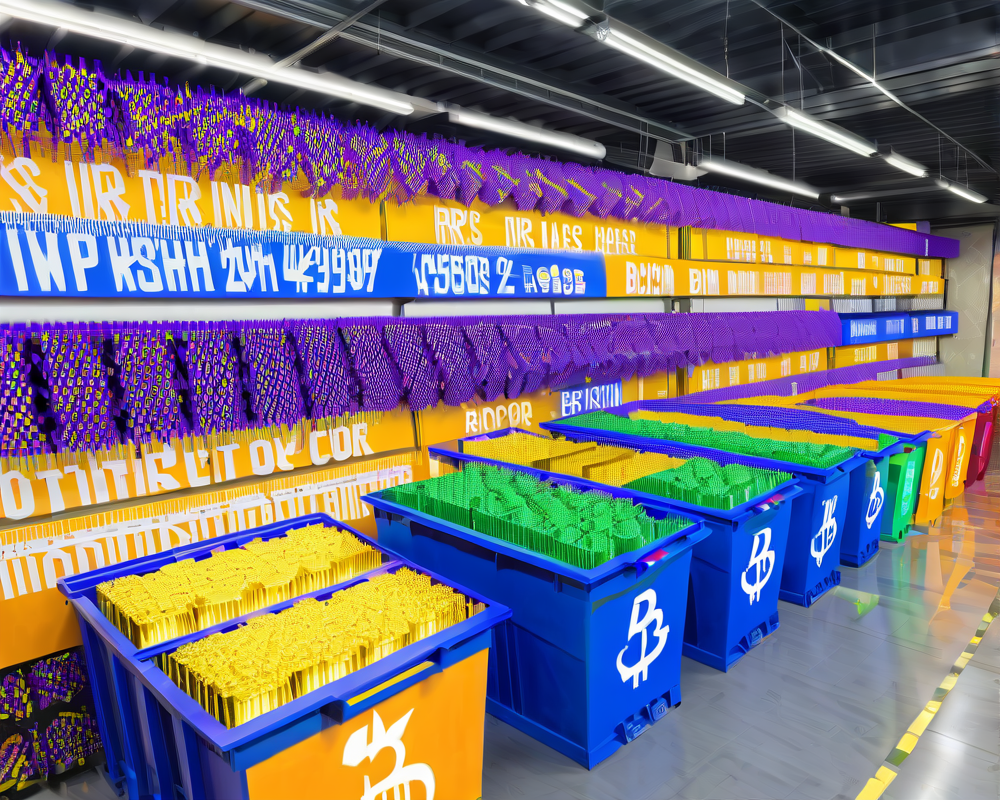Australia’s financial landscape is always evolving, but sometimes the changes aren’t quite what we hope for. Enter FTX Australia, which seemed to swoop in with promises of enhancing your trading experience, and left a trail of regulatory red flags in its wake.
The ASIC Alarm Bells
As far back as eight months before FTX Australia’s dramatic collapse in November, the Australian Securities and Investments Commission (ASIC) was already raising eyebrows about its operations. Documents disclosed by Guardian Australia reveal that the concerns weren’t just idle chatter; they related specifically to how FTX obtained its Australian financial services license (AFSL) through a rather creative company takeover.
License Acquisition: A Three-Act Play
In a plot twist worthy of a soap opera, FTX acquired its AFSL by taking over financial institution IFS Markets in December 2021, allowing it to start trading in March 2022. But less scrutiny meant more risks. ASIC Chairman Joe Longo pointed out that this maneuver effectively let FTX slip past the rigorous examination typical for new licensees.
ASIC Steps In
The initial excitement turned sour when ASIC issued a Section 912C notice to FTX just as they opened for business, demanding greater transparency into their operations. Essentially, it was like calling the manager on a restaurant that just opened and asking for the recipe for disaster. They needed to assess if FTX met the conditions needed to operate in Australia. Spoiler alert: it did not end well.
Ongoing Surveillance: A Necessary Evil?
Through the months leading up to FTX’s downfall, ASIC kept FTX under constant scrutiny, issuing multiple notices and placing them on surveillance. But, according to Joni Pirovich, a savvy digital assets lawyer, no amount of regulatory oversight could have prevented the spectacular crash. She remarked, “The FTX collapse was not solely the result of regulatory inadequacies but rather how the human players were maneuvering within the organization.” Possibly a case of too many cooks in the kitchen, no?
What Went Wrong? Unlicensed Operations
While FTX’s derivatives and foreign exchange operations were covered by the AFSL, it’s a messy web when you consider that a significant portion of its business—namely token exchange and custody—was left in regulatory limbo. Pirovich indicated there has long been confusion over whether a market license is required for token exchanges in Australia. If so, it’s a gray area just waiting for clarification.
Crisis Management Mode
In a final twist, when FTX Australia went belly-up, over 30,000 customers found themselves staring at a void, with 132 companies tied to the exchange also left in the lurch. Following the voluntary administration on November 11, 2022, ASIC suspended FTX Australia’s financial license shortly thereafter. How’s that for a rollercoaster of financial excitement?
The Road Ahead
Reflecting on this financial tragedy is essential. The changes that need to happen in regulatory structures are vital to ensure that trading environments remain safe. After all, if we can’t trust those at the helm, who can we trust? As January 2023 rolls around, we’re left grappling with long-term lessons learned from the FTX saga, still hoping to avoid any more drop bears along the way!




